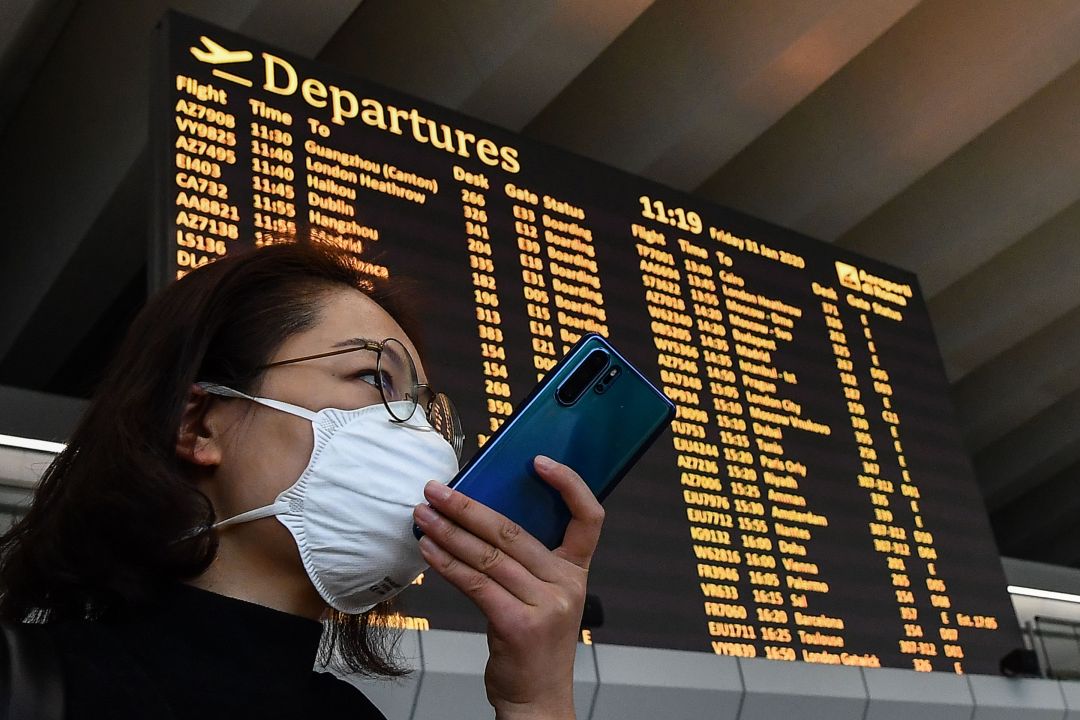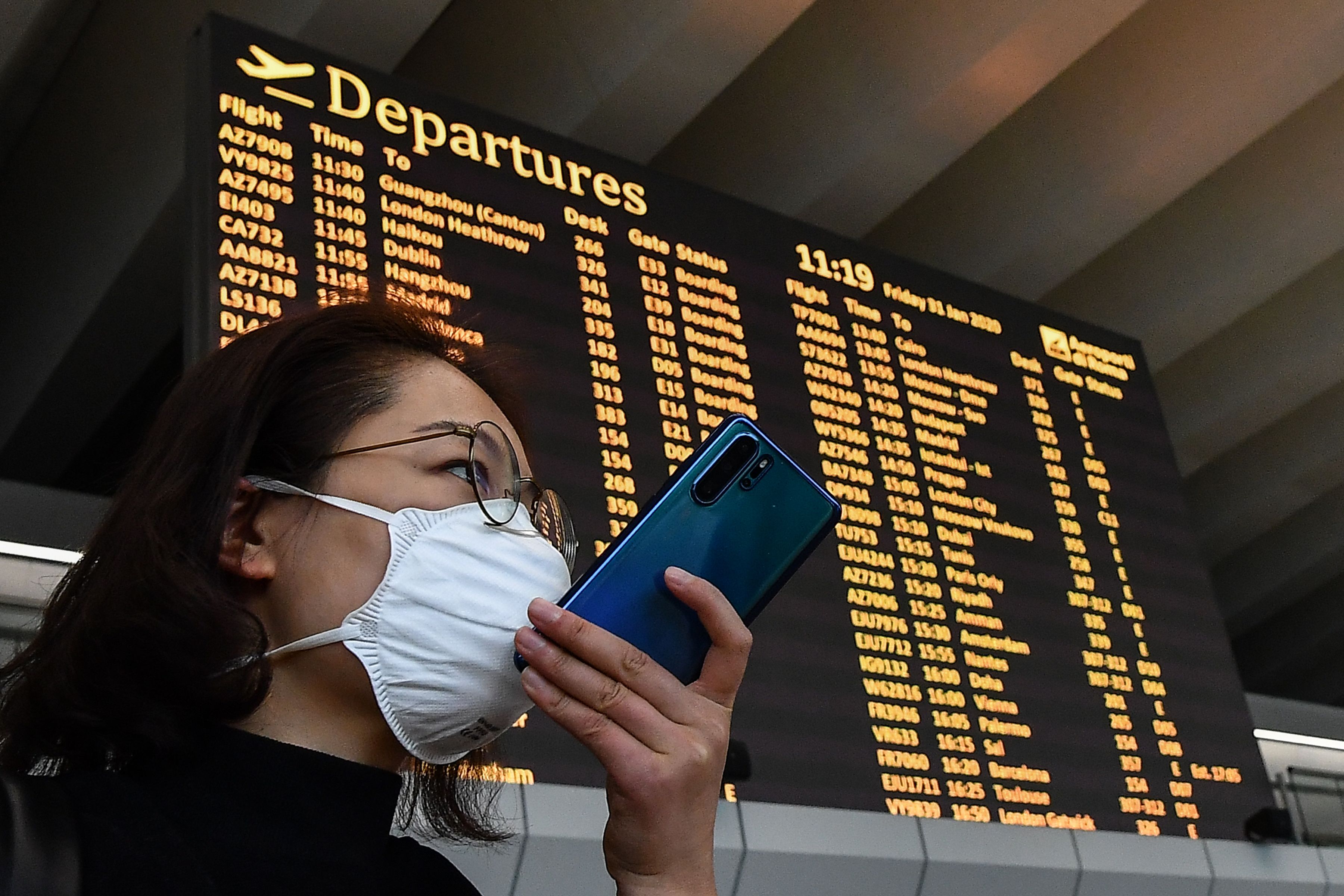It is little surprise to see the International Air Transport Association (IATA) claiming that the risk of catching Covid-19 on a plane is incredibly low. No industry has been as devastated by the pandemic as the airline industry and there is desperation to get planes flying again. But is IATA’s claim that just 44 out of 1.2 billion airline passengers this year has caught the virus during a flight remotely feasible?
Absolutely not. What IATA really means is that it has only been able to identify 44 cases of transmission recorded in academic studies. It would be absurd to deduce from this that there had been no other cases of transmission other than those which have happened to be captured in academic studies. Think of the many thousands of flights that took place around the world in January and February when hardly any countries had a track and trace system in place. No one has any idea whatsoever how many people were infected with the virus SARS-CoV-2 when they boarded those flights — and how many people were infected when they disembarked.
For an informative assessment of the risk of catching the virus on a plane, it is necessary to look at the studies themselves. One of the most comprehensive studies looks at a five hour domestic flight from Sydney to Perth on 19 March, which carried a number of passengers who had disembarked from cruise ships. The subsequent outbreak has been studied by a team led by Hollie Speake of the University of Notre Dame in Freemantle, Western Australia, and is due to be published in the journal Emerging Infectious Diseases in December. The study tracked the infection via genome sequencing, allowing the individual strains of SARS-CoV-2 to be identified.
Among the 241 passengers, 18 primary cases were identified (i.e. passengers who were infected when they boarded). There were 11 secondary cases or passengers who are believed to have caught the virus while aboard the flight. Eight of those infected while aboard were seated within two rows of the primary infected passengers and three were sat further away. One of them was seated six rows from the nearest infected passenger. Interestingly, seven of the 11 who are believed to have been infected on the flight were occupying window seats.
The study appears to confirm that there is a risk of transmission of SARS-CoV-2 on board a plane, but that the conditions are not ideal for spreading the virus — otherwise one might have expected a larger number of infections. Moreover, this was a relatively long, five hour flight — significantly longer, for example, than any flight between European capitals. That no more than 11 passengers caught the virus from 18 infected passengers may be down — as IATA says — to effective ventilation systems aboard modern aircraft that change the cabin air every two to three minutes and make use of hospital-standard air filters. With proper testing before boarding, appropriate PPE and social distancing on flights, the risk could be reduced further.
But the reasoning behind travel bans and compulsory quarantines imposed by many countries is not specifically based on the risk that airline passengers might contract the virus during their journey — otherwise everyone who had caught a flight, even a domestic one, would be forced to quarantine. Instead, the danger is that they have travelled from places with relatively high rates of infection. However much anyone can prove that flying is low-risk, it is hard to see anything other than continuing strain for the airline industry for the foreseeable future.








Comments